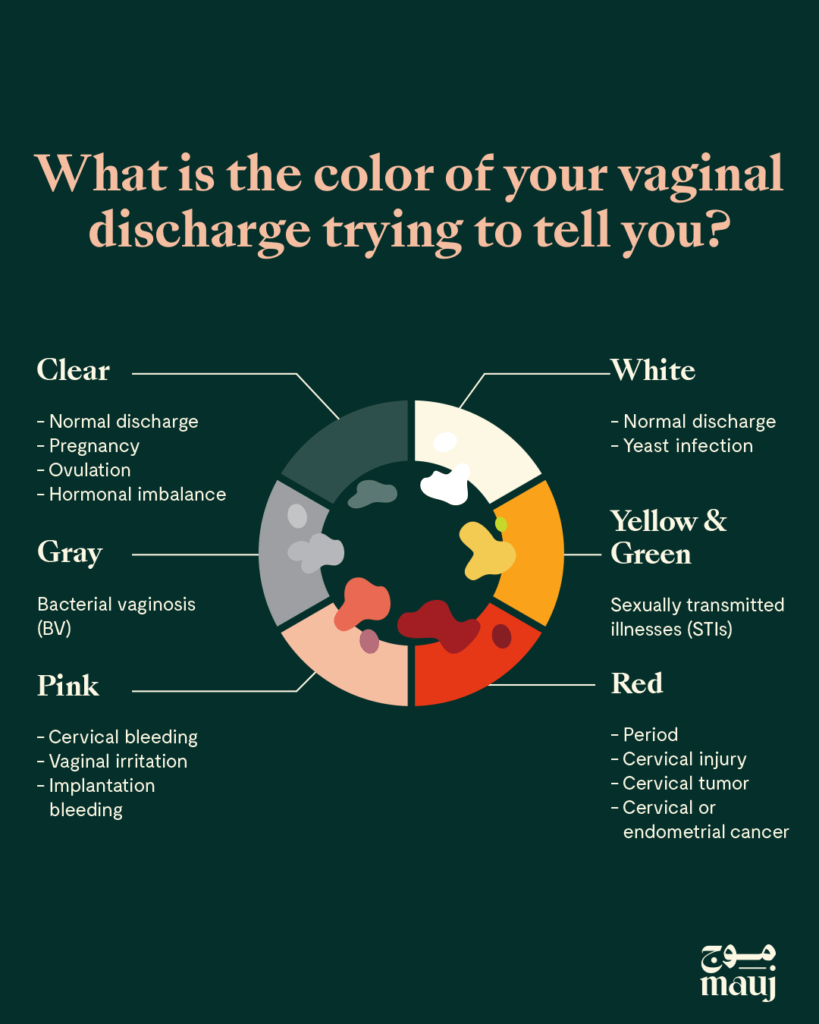
Body
Get to know your body through a better understanding of your anatomy and find the answers to some of your most common questions.

For many of us, talking about vaginal health can feel uncomfortable or even shameful, but it’s time we changed that.
Indeed, vaginal health is a crucial part of our sexual and overall well-being, and it needs to be cared for just like any other part of our bodies.
Central to vaginal health is its pH, or acidity level. A balanced vaginal pH helps protect us from infections, irritation, and discomfort. When it's off, you may experience symptoms that can be confusing and frustrating.
If you’ve never heard of vaginal pH before, read this resource first.
By learning the signs of an imbalanced vaginal pH, you can take control of your health, address the problem early on, and avoid any further issues or complications. Here are eight common signs to watch for.
A strong, fishy, or unusual odor can be a sign that your vaginal pH is off. This happens when an overgrowth of bacteria disrupts the normal balance of your vaginal microbiome and is often associated with conditions like bacterial vaginosis.
While vaginal discharge is normal, a noticeable change in its volume, texture, or color (like gray, green, or yellow) could indicate a pH imbalance. Discharge associated with this might also have an unpleasant smell.

Persistent itching or a burning sensation in the vulva and around the vaginal area is a common sign of pH imbalance. This can occur when the natural protective barrier is disrupted, leading to irritation or even infection.
A burning sensation when you urinate could point to a pH imbalance or an infection, such as a urinary tract infection (UTI) or bacterial vaginosis.
Frequent yeast infections or bacterial vaginosis can be the result of an imbalanced vaginal pH. A healthy vaginal environment helps prevent these infections by supporting the growth of good bacteria and keeping harmful ones in check.
If you’re experiencing unusual vaginal dryness, even outside of menopause or hormonal changes, it could be linked to an imbalanced pH. This can lead to discomfort during sex or other daily activities.
Pain or discomfort during sex can sometimes be traced back to a pH imbalance. Dryness or inflammation caused by disrupted vaginal flora may be the culprit.
Light bleeding or spotting not associated with your period could be another sign of pH imbalance, especially if it’s accompanied by other symptoms like odor or irritation.
Several factors can disrupt your vaginal pH, including:
Did you find the answer you were looking for? Is there something we missed? What did you think of this resource? We want to hear from you.
